Would you like to chat with powerful language models like Llama 3.1 or Mistral without getting stuck in a terminal? Open WebUI is your ticket to a sleek, ChatGPT-like interface that makes interacting with Ollama’s LLMs fun and intuitive. It lets you save chat histories, store prompts, and even upload documents for smarter responses—all in your browser. In this beginner-friendly guide, I’ll walk you through installing Ollama, testing a model in the terminal, and then leveling up with Open WebUI for a more user-friendly experience. We’ll use Docker for a quick setup and test it with a fun prompt. Ready to make AI chats a breeze? Let’s get rolling!
What is Open WebUI? Your LLM Command Center
Open WebUI is an open-source, self-hosted web interface that connects to Ollama, letting you interact with large language models (LLMs) like Llama 3.1 or Mistral in a browser-based dashboard. Unlike Ollama’s command-line interface, Open WebUI feels like ChatGPT, offering:
- Chat History: Save and revisit your conversations.
- Prompt Storage: Store and reuse your go-to prompts.
- Document Uploads: Add files for context-aware responses (Retrieval-Augmented Generation, or RAG).
- Model Switching: Easily swap between models in a click.
With over 50K GitHub stars, Open WebUI is a hit for developers and AI enthusiasts who want a collaborative, graphical way to work with LLMs locally. First, let’s get Ollama running to see why Open WebUI is worth adding!
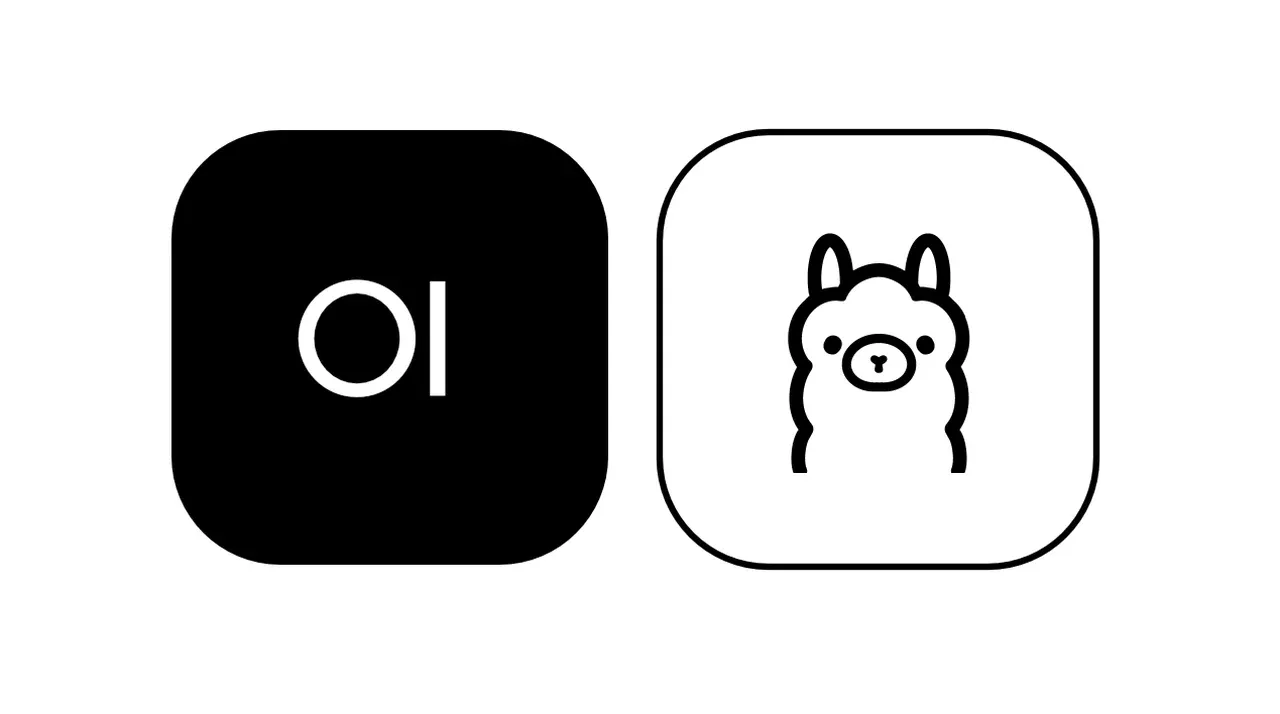
Installing and Testing Ollama
Before we dive into Open WebUI, let’s set up Ollama and test a model like Llama 3.1 or Mistral in the terminal. This gives you a baseline to appreciate Open WebUI’s intuitive interface.
1. Check System Requirements:
- OS: Windows, macOS, or Linux (Ubuntu 24.04 or similar).
- Hardware: At least 16GB RAM and 10GB free storage for models (Llama 3.1 8B needs ~5GB). A GPU (e.g., NVIDIA 1060 4GB) is optional for faster performance.
- Software: Ollama, downloadable from ollama.com.
2. Install Ollama: Download and install Ollama from ollama.com for your OS. Follow the installer prompts—it’s a quick setup. Verify installation with:
ollama --version
Expect a version like 0.1.44 (April 2025). If it fails, ensure Ollama is in your PATH.

3. Download a Model: Choose a model like Llama 3.1 (8B) or Mistral (7B). For this guide, we’ll use Llama 3.1:
ollama pull llama3.1
This downloads ~5GB, so grab a coffee if your internet’s slow. Check it’s installed:
ollama list
Look for llama3.1:latest. Mistral (ollama pull mistral) is another great option if you want a lighter model (~4GB).
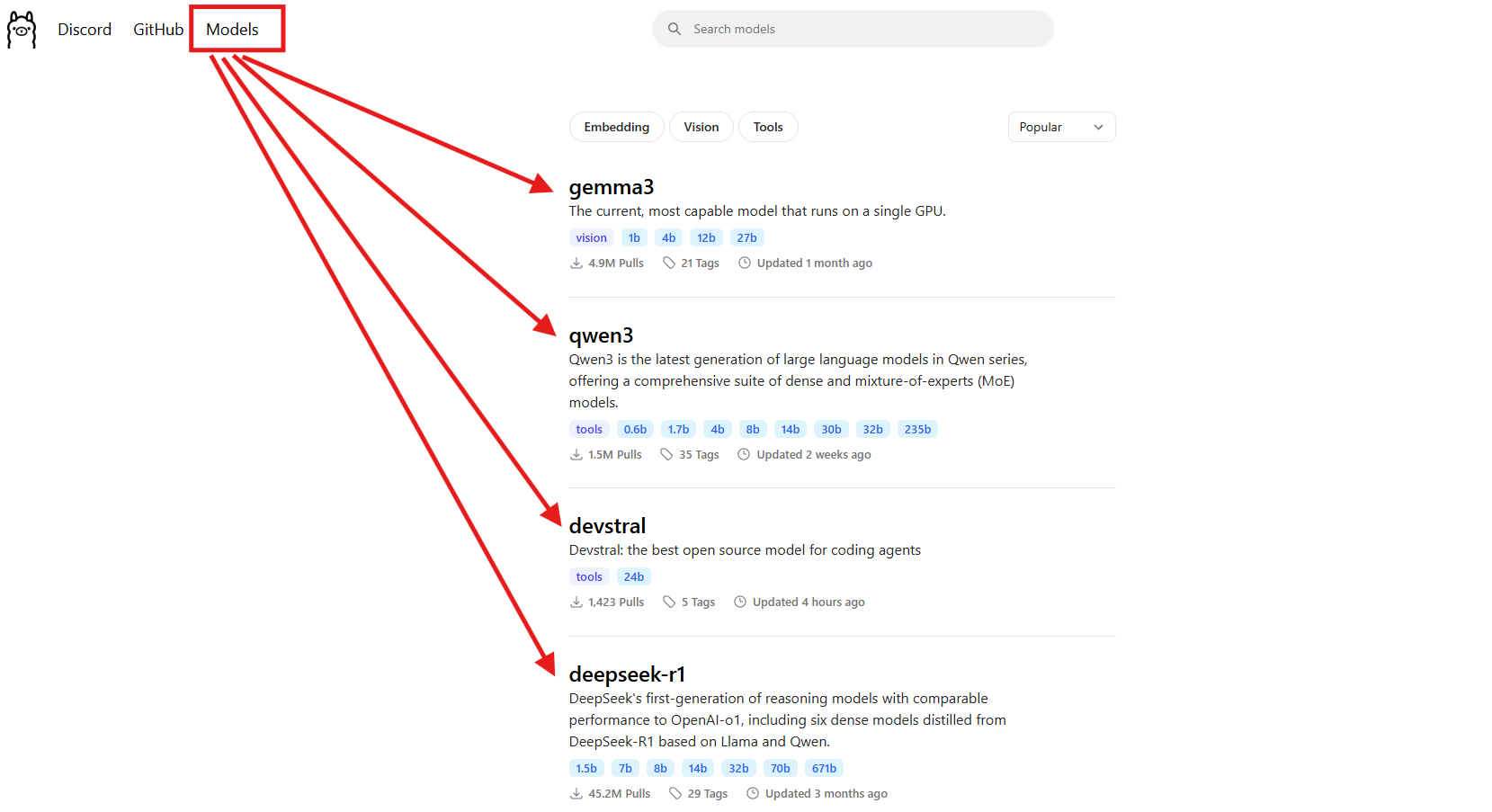
4. Test the Model in Terminal: Try a simple prompt to see Ollama in action:
ollama run llama3.1
At the prompt (>>>), type: “Tell me a dad joke about computers.” Hit Enter. You might get: “Why did the computer go to the doctor? It had a virus!” Exit with /bye. I ran this and got a chuckle-worthy joke, but typing in the terminal felt clunky—no chat history, no saved prompts. This is where Open WebUI shines, offering a visual interface to save conversations, reuse prompts, and upload documents for richer responses. Let’s set it up!
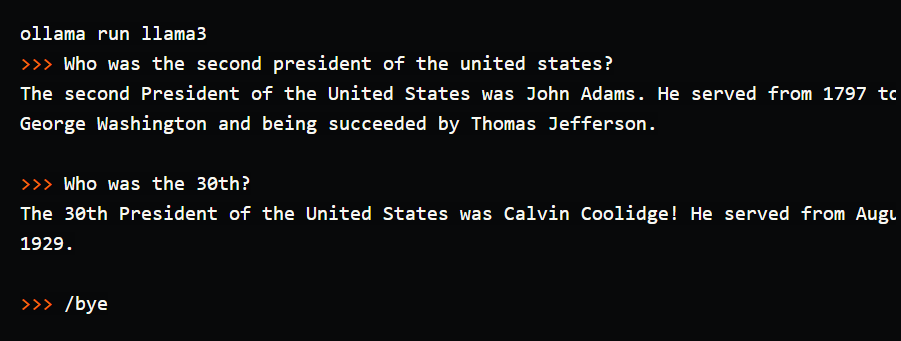
Setting Up Your Environment for Open WebUI
Now that you’ve seen Ollama’s terminal interface, let’s prep for Open WebUI to make your LLM experience more intuitive. We’ll assume you have Docker installed, as it’s required for the Open WebUI setup.
1. Verify Docker: Ensure Docker is installed and running:
docker --version
Expect something like Docker 27.4.0. If you don’t have Docker, download and install Docker Desktop from their official website—it’s a quick setup for Windows, macOS, or Linux.
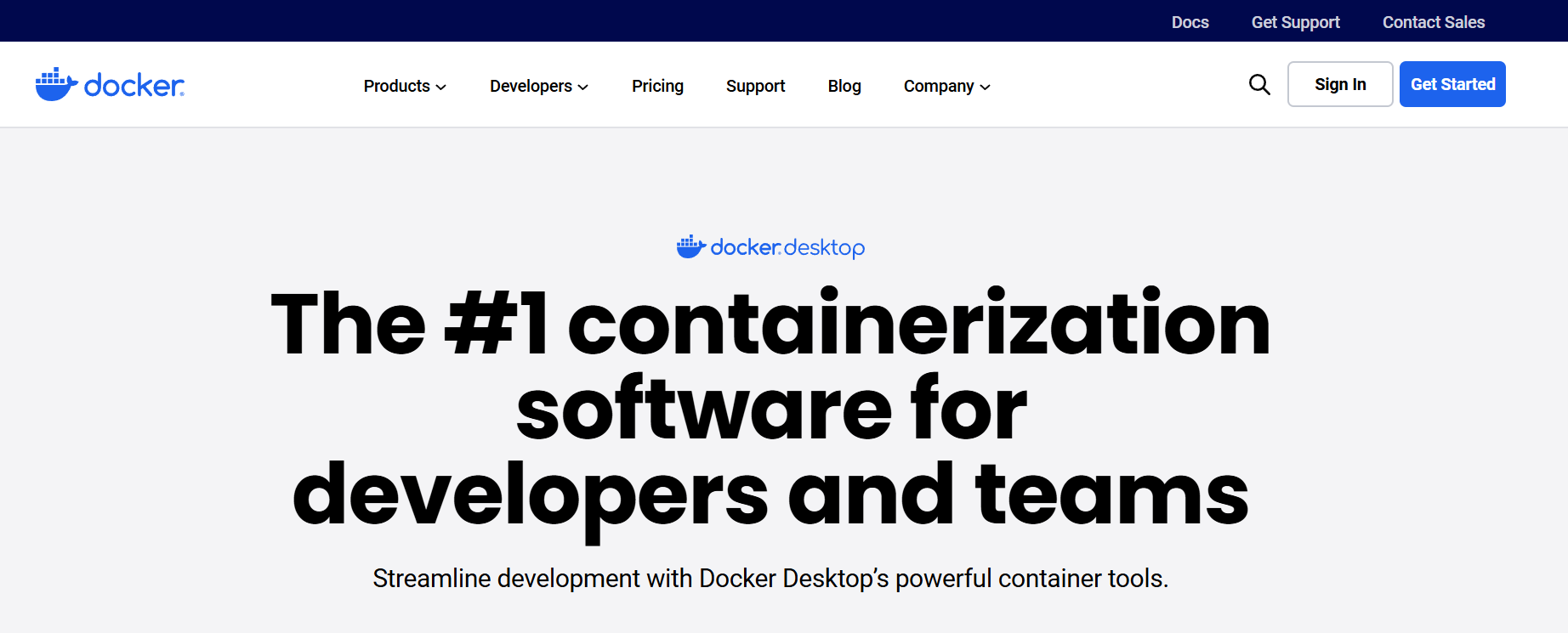
2. Create a Project Folder: Keep things organized:
mkdir ollama-webui
cd ollama-webui
This folder will be your base for running Open WebUI.
3. Ensure Ollama is Running: Start Ollama in a separate terminal:
ollama serve
This runs Ollama’s API at http://localhost:11434. Keep this terminal open, as Open WebUI needs it to connect to your models.
Installing Open WebUI with Docker
With Ollama and Llama 3.1 ready, let’s install Open WebUI using a single Docker command for a fast, reliable setup.
1. Run Open WebUI: In your ollama-webui folder, execute:
docker run -d -p 3000:8080 --add-host=host.docker.internal:host-gateway -v open-webui:/app/backend/data --name open-webui --restart always ghcr.io/open-webui/open-webui:main
This command:
- Pulls the Open WebUI image (
ghcr.io/open-webui/open-webui:main, ~3.77GB). - Maps port 3000 (local) to 8080 (container) for browser access.
- Adds
host.docker.internalto connect to Ollama’s API atlocalhost:11434. - Uses a volume (
open-webui) to persist chat history and settings. - Names the container
open-webuiand sets it to restart automatically.
It takes a minute to download. Check it’s running with docker ps—look for the open-webui container.
2. Access Open WebUI: Open your browser and go to http://localhost:3000. You’ll see Open WebUI’s welcome page. Click “Sign Up” to create an account (the first user gets admin privileges). Use a strong password and save it securely. You’re now ready to chat! If the page doesn’t load, ensure the container is running (docker logs open-webui) and port 3000 is free.
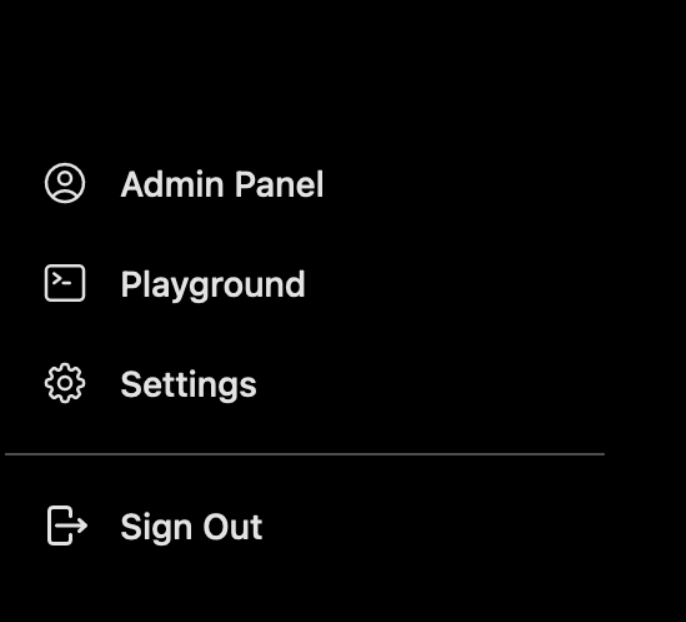
Using Open WebUI: Chatting and Exploring Features
With Open WebUI running, let’s dive into chatting with Llama 3.1 and exploring its awesome features, which make it a huge upgrade over the terminal.
1. Start Chatting:
- In Open WebUI, select
llama3.1:8bfrom the top-left model selector (it should appear since you pulled it). - Click “New Chat” in the sidebar.
- Enter the same prompt: “Tell me a dad joke about computers.”
- Hit Enter. You’ll get a response like: “Why did the computer go to art school? Because it wanted to learn to draw a better byte!”

The interface is clean, with your prompt and response saved automatically in the chat history.
2. Save and Organize Chats: In the left sidebar, click the pin icon to save the chat. Rename it (e.g., “Dad Jokes”) for easy access. You can archive or delete chats via the sidebar, keeping your experiments organized—way better than terminal scrolling!
3. Store Prompts: Save the dad joke prompt for reuse:
- Go to Settings > Prompts.
- Click “New Prompt,” name it “Dad Joke,” and paste: “Tell me a dad joke about computers.”
- Save. Now you can apply it in any chat with one click.
4. Upload a Document for RAG: Add context to your chats:
- Click the “#” icon in the chat input to open the document library.
- Upload a text file (e.g., a Spring Boot 3.2 guide).
- Ask: “How do I use the REST Client in Spring Boot 3.2?” Llama 3.1 will reference the doc, giving a code snippet like
RestClient.create().get().uri("/users").retrieve().
I tested this with a Python tutorial PDF, and Open WebUI nailed context-aware answers, unlike the terminal’s basic responses.
5. Explore More Features:
- Switch Models: Use the model selector to try Mistral or other models you’ve pulled (
ollama pull mistral). - Customize Responses: Click “Chat Control” to adjust tone (e.g., “funny”) or length.
- Admin Tools: In Settings > Admin, manage users or restrict model access (great for teams).
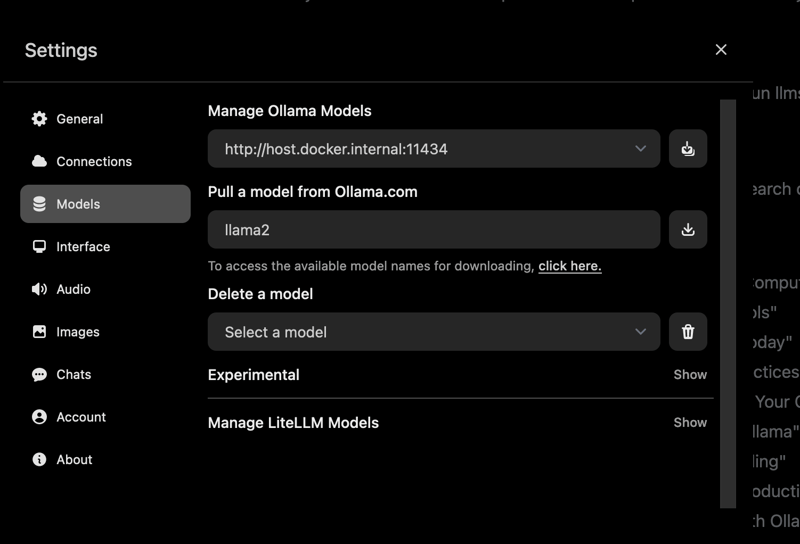
Documenting Your APIs with APIdog
Using Open WebUI to interact with Ollama’s API and want to document your setup? APIdog is a fantastic tool for creating interactive API documentation. Its sleek interface and self-hosting options make it ideal for sharing your AI projects—check it out!
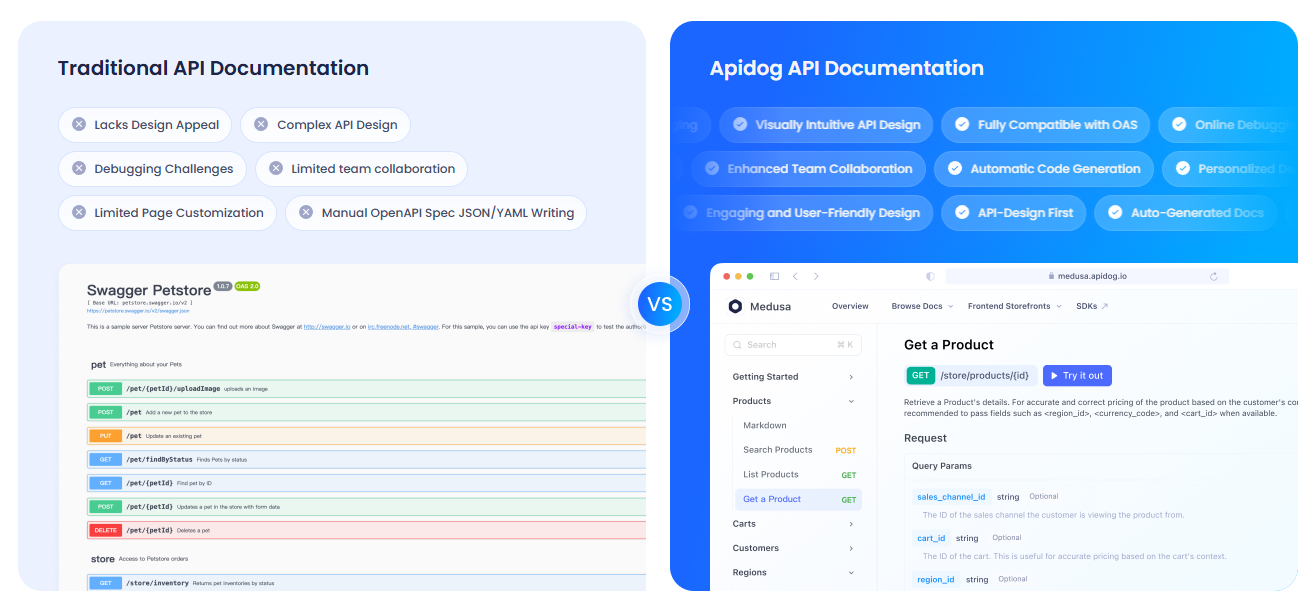
Troubleshooting and Tips
- Connection Issues: If Open WebUI can’t find Ollama, ensure
ollama serveis running and port 11434 is open. Check Docker logs:docker logs open-webui. - Port Conflicts: If port 3000 is taken, stop the container (
docker stop open-webui), remove it (docker rm open-webui), and rerun thedocker runcommand with a new port (e.g.,-p 3001:8080). - Slow Responses: Use a GPU with Ollama’s
:cudatags or smaller models like Mistral for speed. - Community: Join Open WebUI’s GitHub Discussions or Discord for support and ideas.

Why Choose Open WebUI?
Open WebUI transforms Ollama from a clunky terminal tool into a powerful, user-friendly platform:
- Intuitive Interface: The browser-based dashboard is perfect for beginners and pros.
- Organization: Saved chats and prompts keep your work tidy, unlike terminal logs.
- Context Awareness: Document uploads enable RAG for smarter answers.
- Privacy: Runs locally, keeping your data secure.
After testing both the terminal and Open WebUI, I’m sold on the GUI’s ease and features. It’s like upgrading from a flip phone to a smartphone!
Wrapping Up: Your Open WebUI Adventure Awaits
You’ve gone from terminal chats to a full-blown Open WebUI setup with Ollama, making LLM interactions smooth and fun! With Llama 3.1, saved chats, and document uploads, you’re ready to explore AI like never before. Try new models, store more prompts, or document your APIs with APIdog. Share your Open WebUI wins on the Open WebUI GitHub—I’m excited to see what you create! Happy AI tinkering!



